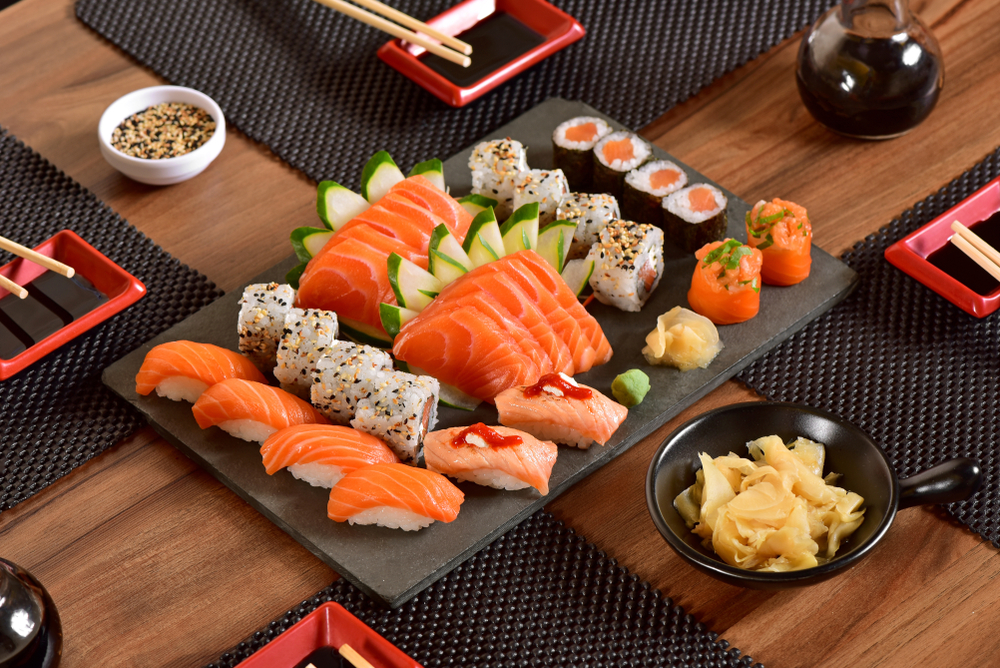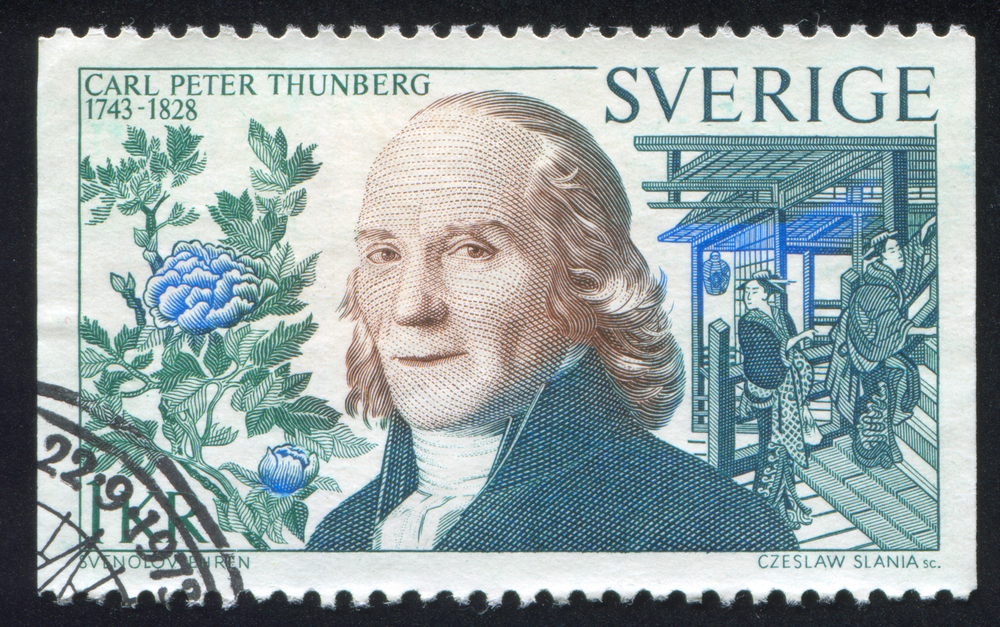There are nearly 200 countries in the world, and each one has its own unique cultures and subcultures.
Japan stands out because many people around the world have a special love or even an obsession with the eastern nation’s civilization and landscape.
This phenomenon has become more prevalent (or at least more well-known) in the 21st century thanks to the internet.
But what do you call someone who loves Japan? “Japanophile” is the term most commonly used to describe these individuals.
However, people involved vary in how extreme their love of Japan is as well as which cultural aspects they home in on.
Table of Contents
Are there other terms for Japanophiles?

In addition to “Japanophile,” people who love Japan have been called “weebs,” “wapanese,” or “weeaboo.”
These slang terms may come from the term “white Japanese” or even “wannabe Japanese,” and in the early 2000s, it was considered derogatory.
However, the 2010s and 2020s saw a change in perception, and many Japanophiles have since reclaimed these terms and contributed to the rise of their use in popular culture.
The term “Otaku” (meaning a person with consuming interests) may also be used to refer to either a Japanese person or a foreigner who obsesses over anime.
What is Japanophilia?
Japanophilia is the term used for the love or obsession with Japan. The term is typically only applied to Japanophiles who are not from Japan but rather came to admire the country and/or culture through personal or online interactions.
Japanophilia may also apply to those who have an intense love for the nation’s cuisine, which is well known throughout the world.
Some anthropologists characterize Japanophilia as the point when someone’s love of Japan becomes part of their identity.

Why are so many people obsessed with Japan?
Japanophilia dates back centuries to when the country was considered an enigma to most other nations.
However, the modern phenomenon is largely attributed to the spread of Japanese pop culture around the world.
Japanese art, food, and certain customs flooded into mainstream western culture following the end of World War II, and the next 30 years saw the introduction of anime movies and TV shows around the world.
Today, Japanophiles are often introduced to their obsession via anime, Manga, Japanese video games, or other modern art forms.
There has also been a rise in J-pop (Japanese pop) bands’ popularity on the global scale. Since the late 1970s, Japan has also been regarded as a leader in world technology.
When did the term “Japanophile” come into use?
Although Japanophilia has spread significantly in recent decades, the term “Japanophile” can be traced back to the late 18th Century.

This was when Japan was a largely solitary nation and not open to global trade. Naturalists Carl Peter Thunberg and Philipp Franz von Siebold are credited with introducing Japanese plants, artwork, and cultural artifacts to Europe, which sparked interest in Japan for much of the western world.
Throughout the 19th and 20th centuries, various writers and military officers were described as Japanophiles for either the amount of time they spent visiting the country or the amount they wrote and talked about it.
What is the word for people who love Japan in Japanese?
In Japanese, the term “shinnichi” is used for people who love Japan. The word comes from the prefix “shin” (meaning “pro” in English) and the shortened term “nichi” (meaning “Japan,” which is “nippon” or “nihon”).
The word “otaku” is sometimes used in Japanese for Japanophiles, but this refers to someone who obsesses over something rather than literally meaning a person who loves Japan.
Where is Japan?
Japan is located in East Asia. An island nation, it is bordered on the west by the Sea of Japan (also known as the East Sea) and to the east by the Pacific Ocean.

The Sea of Okhotsk lies to the north, while the south end of the Japanese islands borders the East China Sea.
Japan does not have any direct neighbors, but some of the countries closest to it include Russia, South Korea, North Korea, China, and Taiwan.
What are some traits of Japanophiles?
Japanophiles are often associated with negative stereotypes and perceptions, primarily those of people who enjoy anime, kawaii cartoons, and Japanese slogans without fully understanding or appreciating the culture.
Some people have accused Japanophiles of cultural appropriation, while others have noted that they have contributed to Japan’s popularity and global perception.
In a 2016 article about a Japanese culture convention, writer Matt Jardin from the Alaska Dispatch argued that many Japanophiles or “weeabos” tend to blindly prefer things from Japan regardless of their actual value or merit and look down on anything else.
What are the most popular foods from Japan?

People who love Japan may enjoy a variety of different dishes from Japanese cuisine. However, the most popular foods from Japan in other countries are considered to be sushi and ramen.
There are over 4,000 sushi-specific restaurants in the United States alone, for example.
How many people live in Japan?
As of 2020, over 126 million people live in Japan. The vast majority of the country’s population lives in urban areas, with only 8% residing full-time in rural regions.
How big is Japan compared to other countries?
In terms of land, Japan is not very large compared to many countries. Despite having a sizable population and some of the world’s densest urban areas, Japan is the 62nd largest country in the world, with a land area of only 145,937 square miles.
For comparison, Russia, the world’s largest country, has a land area of 6,612,073 square miles.
When it comes to population, however, Japan typically falls within the top 15 largest.
What makes Japan’s culture so different?

Japan’s culture is well-known throughout the world, and many Japanophiles are fascinated by how different it appears to be from western cultures.
While regarded as being one of the foremost leaders in modern technology, Japan’s art, food, and pop culture are considered by many to be unique.
Most anthropologists and historians believe this to be a result of both the country’s status as a geographically isolated nation and the fact that it spent early centuries being opposed to global contact.
Additionally, Japan experienced a cultural shift following World War II that resulted in the public being more open to visitors and merging traditions with modernity.
How many people immigrate to Japan?
There are over 2 million foreign-born residents living in Japan today, a number estimated to top 3 million in coming years.
The number of immigrants equates to roughly 3% of the country’s total population. This is small compared to other modernized or “first world” nations, which typically have between 10% and 20% foreign residents.
Not everyone who moves to Japan from another country can be considered a Japanophile.
Many do so for work or other reasons and may or may not have a great love of Japanese culture.
What languages are spoken in Japan?

Standard Japanese is the primary language spoken in Japan as well as the language used in schools.
Over 98% of the country’s population speaks it, and it is also what most Japanophiles strive to learn if their goal is to speak the language.
Nevertheless, there are many dialects throughout the country that stem from two main language families: Japonic and Ainu.
There are also multiple writing styles and character pictograms. When it comes to Japan’s global companies, English is commonly spoken as the language of business.

















